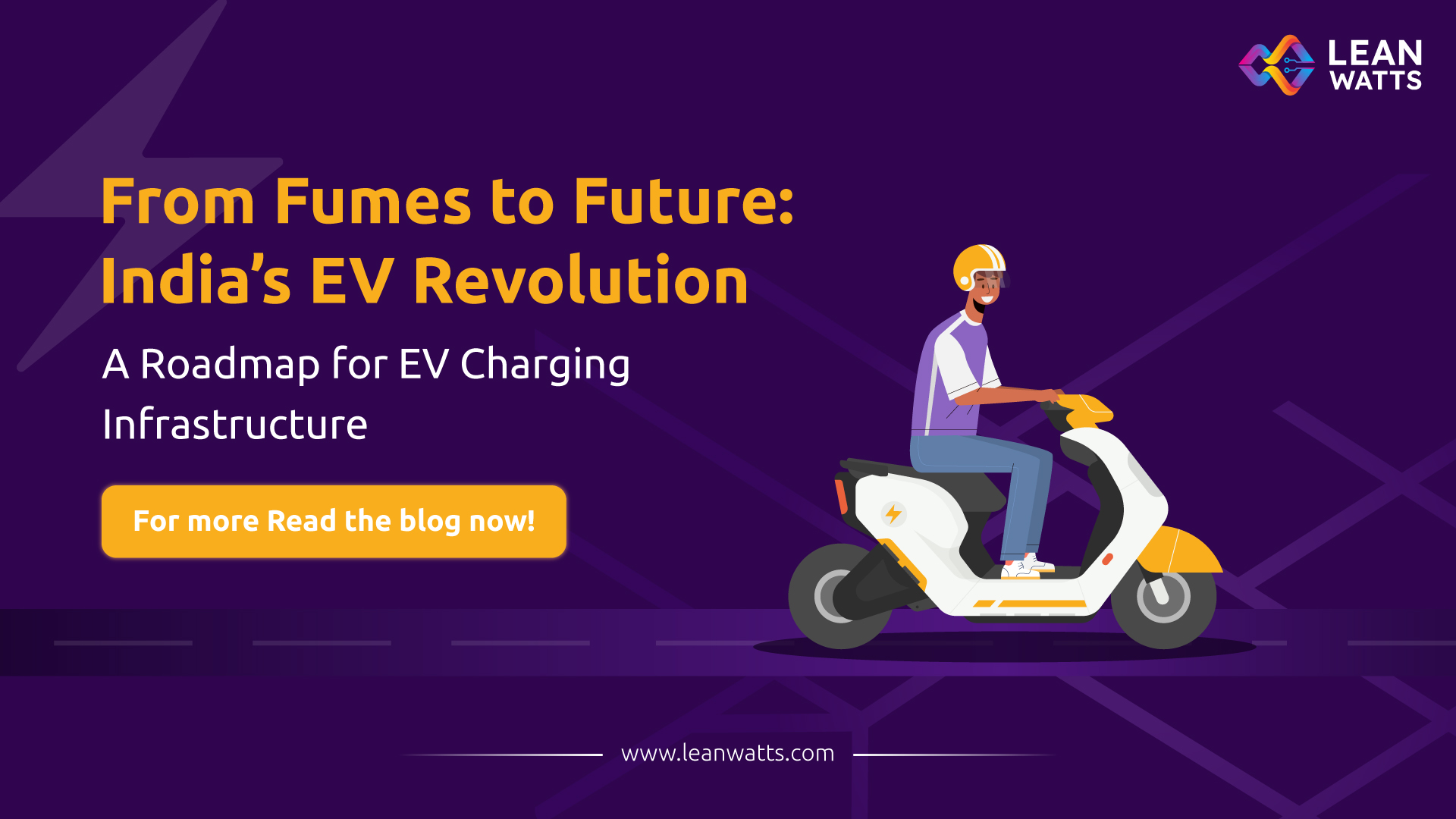
Introduction
In India, EVs are becoming more and more popular. Stepping outside, we are spotting more green number plates than ever.
Here’s a quick look at how things are with EVs in India today:
- Baby Steps: While millions of cars and scooters zoom around India, EVs are still a small bunch. As of 2023, only about 72,000 electric four-wheeler vehicles were registered in the whole country, and overall EVs accounted for 6.4% of total auto sales in India.
- Growing Up Fast: Even though EVs are new, they’re catching on quickly. In 2023, sales were almost double what they were the year before!
- Scooter Power: Most EVs in India are actually two-wheelers, like electric scooters. In fact, they make up over half of all EVs on the road! Imagine a whole bunch of your friends whizzing silently on their electric scooters.
- Government Push: the Indian government has a program called “EV30@30” with the ambitious goal of having electric vehicles make up 30% of all vehicle sales by 2030. To achieve this, they also aim to significantly increase the number of charging stations across the country.
There is a new scheme named Electric Mobility Promotion Scheme (EMPS) 2024. The Indian government aims to bridge the gap left by the FAME II (Faster Adoption and Manufacturing of Electric and Hybrid Vehicles) scheme, which ended in March 2024.
Similar to FAME II, EMPS offers subsidies for the purchase of electric two-wheelers (e2Ws) and three-wheelers (e3Ws) to promote their adoption, provide further impetus to the green mobility and development of electric vehicle (EV) manufacturing ecosystem in the country.
New EV policy 2024
In a move to propel India’s position in the global electric vehicle (EV) landscape, the government has unveiled a strategic new policy. It aims to achieve a dual objective: fostering India’s emergence as a prime manufacturing hub for EVs and accelerating the nation’s transition towards a cleaner, more sustainable future.
It offers reduced import duties for high-value EVs and incentivizes domestic production with minimum value addition requirements. This policy seeks to attract global players, boost innovation with features like reduced duty on imports, maximum import allowance and bank guarantees
Challenges currently
- Charging Infrastructure Gap: While EV sales are growing, the number of charging stations in India lags far behind. This can cause “range anxiety” for potential EV owners, who worry about finding a place to charge their vehicles, especially on long journeys. One estimate suggests that India will need around 46,397 charging stations by 2030 to meet this target. This would create a ratio of roughly one station for every 20 electric vehicles. This is a significant improvement from the current situation, where there is only about one charging station for every 135 EVs.
- Higher Upfront Cost: Compared to traditional gasoline vehicles, EVs currently have a higher upfront cost. This can be a barrier for many potential buyers, especially considering the lower running costs of EVs are not always factored in.
- Limited Battery Range: Although improving, the range of most EVs on a single charge is still less than that of gasoline vehicles. This can limit their practicality for long-distance travel or for people who need a car with a large operating radius.
Talking future
Imagine this: you’re stuck in bumper-to-bumper traffic, inching forward like a snail on a sugar rush. Everyone’s windows are rolled up, the ACs are blasting, and the only sound is a cacophony of honking that could wake the dead. Suddenly, a sleek electric scooter glides past you silently, leaving behind a cool breeze and a smug grin from the rider. That, my friend, is the future of India, and it’s looking electric (and a whole lot breezier)!
India’s EV sector is like a young cheetah – full of potential and ready to sprint ahead. But the electric revolution isn’t just about cars and scooters; it’s poised to energise various sectors and transform the nation’s future. Buckle up, as we explore how India’s electric dream will ripple across different industries:
- Power Grid Transformation: EVs will act as a catalyst for a smarter power grid. Renewable energy sources like solar and wind will be integrated with charging infrastructure, creating a cleaner and more sustainable energy ecosystem.
- Manufacturing Powerhouse: India has the potential to become a global hub for EV manufacturing. This will not only create jobs but also boost the country’s technological prowess, making it a leader in the future of mobility.
- Logistics Revolution: Think “electric trucks” zooming down highways, silently delivering goods in a greener way. EV adoption in the logistics sector will improve efficiency, reduce emissions, and pave the way for cleaner, more sustainable transportation of goods.
- Public Transportation Recharge: Electric buses and rickshaws will become a familiar sight on Indian streets. This will not only improve air quality in cities but also provide cleaner and more affordable public transportation options for everyone.
- Urban Rejuvenation: With fewer noisy gas guzzlers, Indian cities will transform into quieter, more breathable spaces. Imagine enjoying a stroll in the park without the constant drone of traffic – a blissful future powered by electric dreams!
Conclusion
EVs will act as a catalyst for a smarter grid, integrating renewables like solar and wind with charging infrastructure. India has the potential to become a global EV manufacturing hub.
Companies like Tata Power and Mahindra Group are paving the way while established players like Maruti Suzuki are investing heavily, and startups like Ather Energy, Ola are pushing the boundaries. Companies like Exicom TeleSystems, Magenta ChargeGrid and Charzer are developing robust charging infrastructure for logistics fleets.
The benefits of India’s EV revolution will extend beyond these sectors. It will attract green investments, promote innovation, and create a more sustainable future for generations to come. India’s electric dream is not just about transportation; it’s about shaping a cleaner, brighter future for the entire nation.
